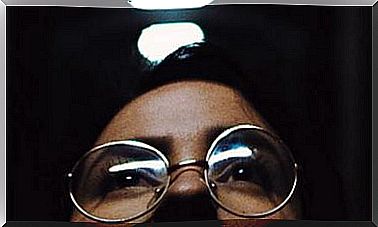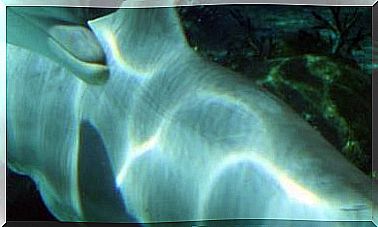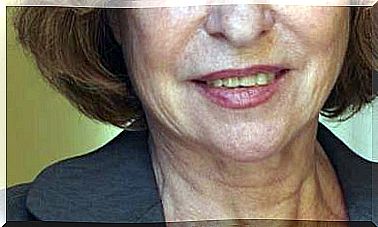How To Choose The Best Water Filter For Your Home
Bottled water is not sustainable, but in order not to consume more plastic we must look for alternatives to improve the water at home. We review the home filters and systems that remove most of the impurities.

There are different methods of filtering water at home, each with its advantages and disadvantages.
Here we present the most effective methods, but to find the right one, it is best to ask your water company for a chemical and bacteriological analysis of the water it supplies (it is legally obliged to do so if requested).
Each household filter has its use, get to know them!
1. Chlorine evaporation
The simplest and cheapest method of removing chlorine is by standing. We can fill a container and wait before consuming it for the chlorine to evaporate. The more hours the better, but you have to consume that water preferably within 24 hours to avoid any type of contamination.
Obviously, this way we don’t filter the rest of the pollutants and impurities from the water, but at least we get rid of the chlorine.
2. Activated carbon
This system is associated with the famous filter jugs, but it is also presented as filters that are installed at the outlet of the tap or under the sink.
They contain activated carbon and are inexpensive (a good carbon filter does not cost more than € 150, and there are from € 20). In addition, they are very effective in improving the smell and taste of water, since they eliminate some volatile organic compounds such as chlorine.
Yes, and stan away from the high filtering capacity of other methods such as osmosis and lose effectiveness as the filters become saturated.
3. Osmosis
The reverse osmosis filter works by passing the water from the network through a semi-permeable membrane with strong pressures. This process allows the removal of particles down to 0.001 microns (human hair measures between 60 and 80 microns).
It is the most effective and recommended system to eliminate chemical pollutants present in the water and thus achieve practically pure water. Its technology has improved a lot in recent years to achieve a degree of purification of 95-98% of all substances dissolved in water.
The list of substances it filters is very long: arsenic, boron, cadmium, copper, calcium, chromium, silver, manganese, mercury, sulfates, chlorides, sodium, selenium, zinc, strontium 90, radium 226 and 228, tannin, microalgae, bacteria, fungi, mold, pesticides, medicines …
There are them with a pump or without a pump depending on the pressure available in the home. There are them with or without a deposit. And those that have a tank can have filters and a tank separately or together in a kind of “computer tower”. There are also “tabletop” models for the kitchen countertop. They do not need an auxiliary tap since they incorporate one in the same body of the equipment.
The economic investment is much higher than that of activated carbon: quality equipment is around 1,000 euros. And you have to change the filters every year and every few years, the membrane.
Its drawbacks are that:
- To obtain 1 liter of pure water, you have to filter another 3 liters (or more depending on the appliance) that go down the drain. If you want to take advantage of this “rejection water” to clean or irrigate, you have to divert the drainage tube from the osmosis. But if we compare it with the daily use of sanitary water (200-250 liters of water person per day), the 10 or 12 liters of osmosis no longer seem so wasteful.
- The resulting water is very “clean”. But in any osmosis equipment you can add the filters you want to remineralize it, ionize it, etc.
4. Descaler
Descaling with ion exchange resins is considered adequate to remove limescale in hard water regions. Among its advantages:
- Extends the useful life of household appliances and clothing, cares for skin and hair.
- Reduces energy consumption associated with heating sanitary water and heating.
- Avoid the annoying white stains typical of lime on faucets, bathroom screens, glasses, etc.
- It allows you to save on detergents (lime prevents soap from acting).
Now, it also has its drawbacks. All the water in the house passes through these equipment, so they are usually installed near the entrance. Salt is used to collect the lime that the descaler is retaining and pour it down the drain. From the point of view of the environment it is not very advisable, but the impact of having water with lime is greater.
It also slightly increases the sodium content of the water, which is inadvisable in certain conditions such as hypertension.
5. Antifouling
There are antifouling systems, badly called softeners, which do not remove limescale but prevent it from sticking to the internal surfaces of the pipes.
The soft water without lime, is suitable for skin care and hair, but aggressive with cañerías.Y does not eliminate other impurities from water as osmosis.
6. Distillers
The classic ones do not filter the water but evaporate it and then condense it. They get water that is very pure and free of 99% of pollutants but very unbalanced according to the detractors of this system, who consider it suitable for cleaning or for specific medicinal uses, such as therapeutic fasts, but not for daily family consumption.
It is a slow system and requires a higher energy consumption than osmosis.
When choosing one of these systems you have to look for serious professionals. The investment may be considerable but it is worth it for health, comfort and saving bottles, which in turn implies caring for the planet for our children.









